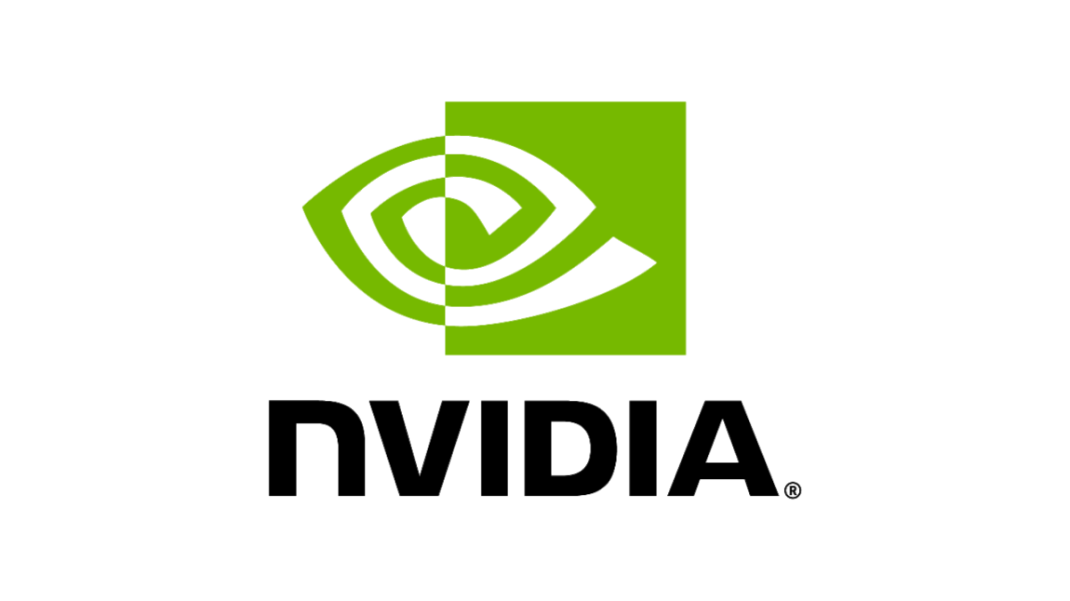Company Analysis: NVIDIA (Ticker: NVDA)
Company Overview
Founded in 1993 by Jensen Huang, an electrical engineer and American and Taiwanese businessman, Nvidia is considered as one of the largest technological companies in today’s world. Nvidia is based in Santa Clara, California, and is most known for its massive production in graphics processing units (GPU). A GPU is a chip that is able to render graphics (images) for display on an electronic device.
Nvidia dominates approximately 80% of the global market share in GPU chips. Take a look at your computer for example, all computers possess GPUs and most of them were made by Nvidia. GPUs are applied and used in numerous circumstances such as AI, data science, gaming, HPC (high-performance computing), video editing, and the list goes on.
Today, the company is worth approximately 3.84 trillion dollars – approximately the United Kingdom’s GPD – and has peaked at around 4 trillion dollars. In 2024 they made over 13.5 billion dollars from their GPUs, which was around 23% of the 60 billion dollars they made in total that year. The other 77% of their revenue was from Compute and Networking, which is what Nvidia mainly works on currently, and consists of AI chips, data center hardware (like servers and supercomputers), and networking solutions.
Stock
Nvidia’s stock is valued at around 160$ per share today, and has a dividend yield of 0.03% with a quarterly payout frequency, like most companies. With the rapid expansion and breakout of AI, Nvidia’s stock has seen massive appreciation and popularity in recent years, leading to a high percentage increase in Nvidia’s stock: an increase of ~300% in the two years. Today, Nvidia has moved up the ranks and is now considered as one of the top 3 most valuable companies in the S&P 500, alongside Apple and Microsoft.
In June 2024, Nvidia executed a 10-1 stock split which made shares more accessible to retail investors. This means that for every stock an investor had, they would receive 10 stocks in return. Companies usually execute this decision when their company has grown at a rapid rate, meaning that their stock is large enough to be divided into smaller amounts so more people can invest. This further demonstrates Nvidia’s massive success in recent years.
Risks
Note: When evaluating a stock, it is good to evaluate its benefits but also its vulnerabilities so one can have a full scope of the company’s strengths and weaknesses to be able to make a more informed decision.
· Few revenue streams:
o 75% of Nvidia’s revenue is composed of AI and data center products. Because of this large dependence on these fields, if, and when, the demand for these products decreases, Nvidia’s stock is likely to drop significantly.
· Supply Chain:
o Nvidia’s chips are manufactured in TSMC (Taiwan Semiconductor Manufacturing Company), meaning that they rely heavily on them.
o Because of the rising tensions between the U.S and China, the distribution and exportation of these chips could come as a challenge to Nvidia.
· Increasing Competition
o Even though Nvidia dominates the chip market as of now, markets can shift quickly in tech, and with the rise in new competition such as AMD, Intel, and even Google’s TPUs (Tensor Processing Units), Nvidia may have a challenge to maintain this large lead in the future.
Matias Neves, Ockham Finance contributor

